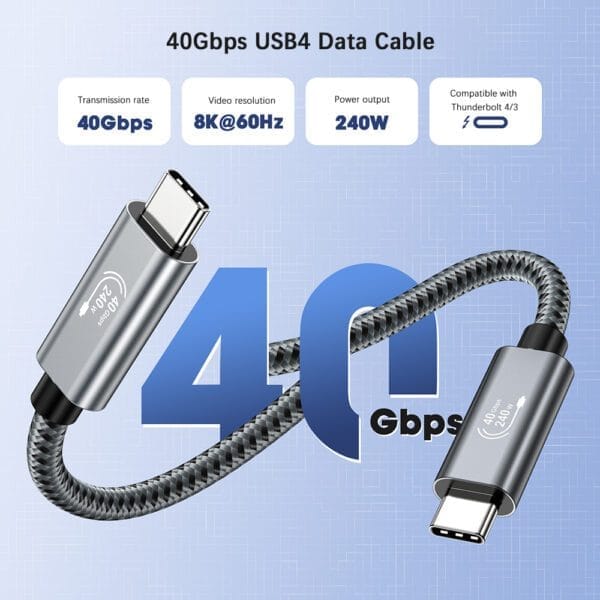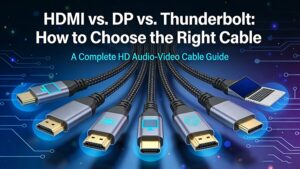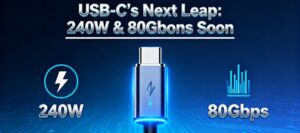In the world of modern electronics, cables are essential tools for powering devices and transferring data. However, the terms “USB cable” and “charging cable” are often used interchangeably, leading to confusion. Let’s clarify the distinctions between these two types of cables and explore their unique roles.
1. Definitions and Core Functions
2. Design and Technical Differences
3. Common Use Cases
4. Misconceptions to Avoid
5. How to Choose the Right Cable
Final Takeaway
While USB cables and charging cables may look similar, their functionalities differ significantly. Understanding these distinctions ensures optimal performance for your devices—whether you’re transferring files at lightning speeds or keeping your gadgets powered throughout the day. Always check specifications to match the cable to your needs!







